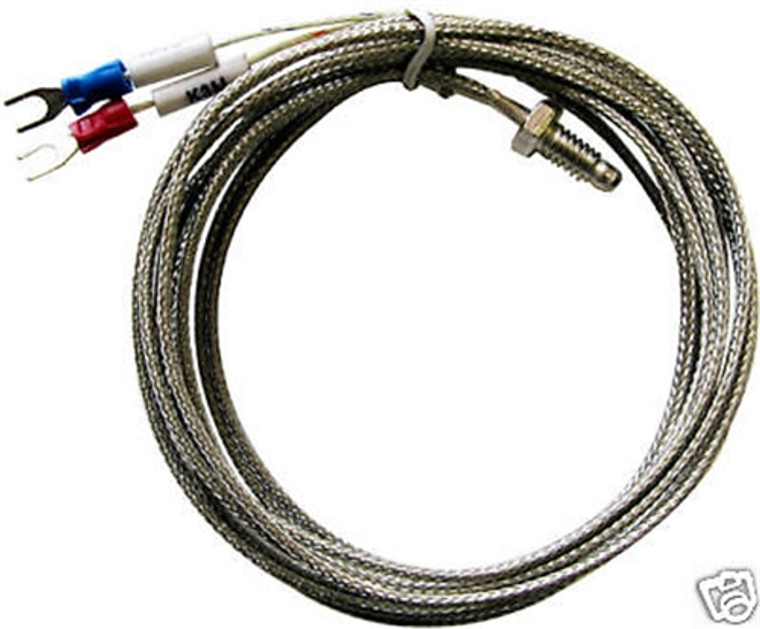Heating cable technology is a game-changer for maintaining warmth in various environments and is essential in areas where temperature regulation is critical. Heating cable is designed to combat frost, prevent pipes from freezing, and maintain consistent warmth for specific equipment or structures. They are used in industrial settings, homes, and even in agriculture. With advancements in technology, different types of heating cables are now available, each suited to specific needs and applications.
In this post, we’ll break down the main types of a heating cable and the benefits of each.
1. Self-Regulating Heating Cables
Self-regulating heating cables automatically adjust their output based on the ambient temperature, making them one of the most energy-efficient options.
- Key Features:
- Adjusts heating output according to environmental temperature.
- Offers high safety by reducing the risk of overheating.
- Suitable for protecting pipes, roofs, and gutters.
Application: Commonly used for freeze protection of pipes and maintaining optimal temperatures in process pipes in industrial settings. These cables are also popular for roof and gutter de-icing systems.
Benefits:
- Energy Efficient: Reduces power consumption when the temperature is mild.
- Long-Lasting: Designed to last years with minimal maintenance.
- Safe: Automatically adjusts power levels, minimizing overheating risks.
2. Constant Wattage Heating Cables
Constant wattage heating cables provide a consistent level of heat regardless of the surrounding temperature. Unlike self-regulating cables, they do not adjust based on external temperatures, making them ideal for situations where steady, continuous heating is required.
- Key Features:
- Provides a stable wattage output.
- Suitable for environments where temperature control is critical.
- Available in various wattage capacities to meet specific heating demands.
Application: These cables are widely used in temperature-sensitive areas like laboratories or environments where the temperature must remain stable.
Benefits:
- Precision Heating: Delivers stable heat output for consistent performance.
- Wide Application: Useful in both commercial and industrial settings.
- Effective: Maintains temperature in harsh environments where fluctuations can be problematic.
3. Mineral Insulated (MI) Heating Cables
Mineral Insulated heating cables are durable and ideal for high-temperature applications. These cables consist of a metal conductor insulated with magnesium oxide, which can withstand extreme conditions without degrading.
- Key Features:
- Withstands temperatures up to 1000°C.
- Highly resistant to chemical exposure and mechanical stress.
- Provides reliable heat in high-temperature processes.
Application: Used in heavy industries such as oil and gas, power generation, and chemical processing plants.
Benefits:
- High Durability: Ideal for environments with corrosive chemicals and extreme temperatures.
- High-Performance Output: Delivers steady heat even under demanding conditions.
- Safety: Highly resistant to fire and can function in explosive environments.
4. Series Resistance Heating Cables
Series resistance cables work by maintaining consistent resistance along the cable, delivering heat over its entire length. These cables are used in applications where precise lengths and specific wattages are needed.
- Key Features:
- Customizable to specific lengths and wattage requirements.
- Ensures uniform heating along the cable.
- Can be tailored for complex installations.
Application: Ideal for specialized industrial applications, such as long pipelines or equipment that requires uniform heating over extensive areas.
Benefits:
- Flexible Design: Easily customized to match various industrial setups.
- Uniform Heating: Delivers consistent warmth across the cable’s length.
- Customizable: Manufactured to meet precise requirements, making them perfect for unique applications.
Final Thoughts
Heating cables are a critical component in temperature-sensitive applications across industries, homes, and commercial spaces. Selecting the right type depends on specific requirements, environmental conditions, and budget. Whether you’re looking to keep pipes from freezing, control heat in process applications, or manage de-icing systems, choosing the right heating cable can help ensure reliable performance and energy efficiency.














